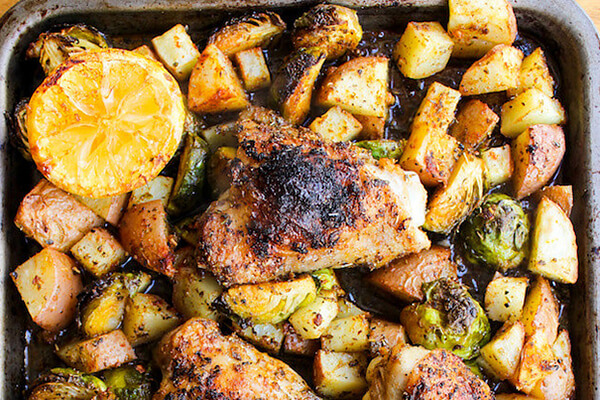Whole30 vs Keto
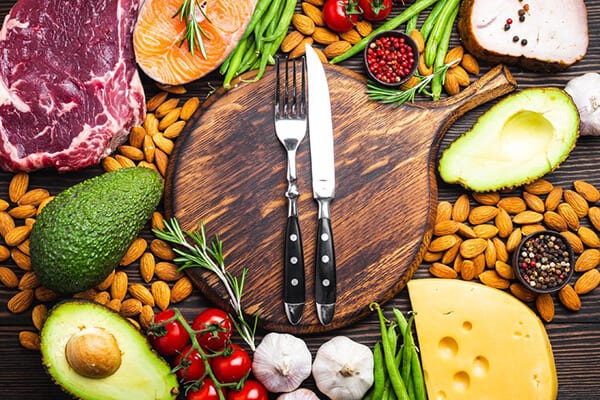
The Whole30 vs Keto diet are very popular, and they both have loads of hardcore fans. Hence,
if you are trying to lose weight or eat healthier, which one should you choose? Whole 30 vs keto;
these two popular diets provide a wide range of health benefits.
They are both low-carb diets that encourage people to eliminate junk and processed foods from
their diet while focusing on whole, natural foods. Both of them deliver great results when it comes to weight loss.
However, their benefits are beyond weight loss, as they have different aims and purposes in the body.
Read on to find out everything there is to know about keto vs Whole30 as well as the major difference between
keto and Whole30.
Keto Overview
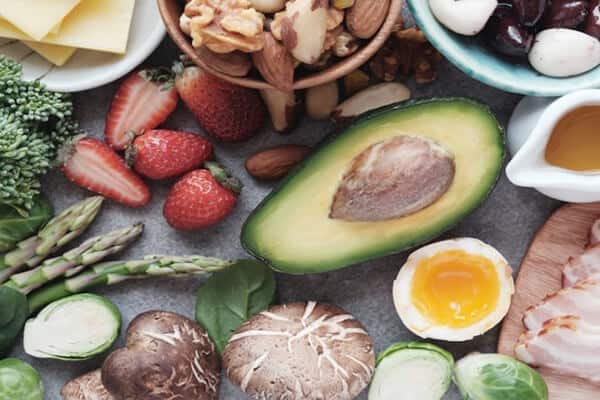
Let us take a closer look at the ketogenic diet. The Ketogenic diet was introduced in the 1920s,
and it is all about eliminating carbs and burning fats. The diet aims to limit carb intake significantly.
While on this diet, you have to give up all major sources of carbs such as pasta, bread, and other carb-dense foods.
If you are a carb lover, then you might find this diet very challenging.
The body converts carbs to glucose, and they serve as the basic fuel source for the body and cells to function optimally. Nevertheless, when there is no more carb to convert, the body will start breaking down fats to use as fuel and produce ketones, hence the name of the diet. The body will turn to fats as an alternative fuel source.
That is the ultimate goal of the keto diet; for the body to get to a state of ketosis and burn fat
as its source of fuel instead of carbs. This is why many people partake in it as an effective way of losing weight.
Since your body burns fats as a fuel source, you have to increase your fat intake significantly,
by 70 to 80 percent of your daily calories.
The keto diet requires specific nutritional targets in terms of carb, protein, and fat ratio. As such, the daily
nutritional target of every individual differs because we all have different needs. While the keto diet contributes
to weight loss significantly, it was not originally designed as a weight loss plan. It was designed to help people
that suffer from seizure disorders.
It limits your carb intake to less than 10 percent daily while boosting your fast intake to a minimum of 70 percent of your daily caloric intake.
Read more: Paleo vs Keto vs Whole30
What You Can Eat on Keto
- Seafood
- Poultry
- Meat
- Seafood
- Cheese
- Eggs
- Avocado
- Low-carb fruits in moderation such as raspberries, blueberries, and cranberries
- Non-starchy veggies
- Healthy oils such as coconut oil, olive oil, and butter
- Nuts and seeds
- Cottage cheese and plain yogurt
- Leafy greens
- Lean meats
- Fish
- Sweeteners such as stevia and other low-carb sweeteners
- Coffee and tea
- Wine (in moderation)
Read more: The Whole30 Program Rules
What You Cannot Eat on Keto
- Legumes
- Potatoes
- Grains including wheat, cereal, corn, and rice
- Beans
- Baked goods
- Any product with added sugar
- Starchy veggies such as peas and corn
- Highly processed snacks such as pretzels and chips
- Sugary drinks
Read more: Whole30 Dinner Recipes
Ketogenic Diet Benefits
One of the major benefits of the keto diet is weight loss. Studies have shown that people that adhere to
the rules of this diet and avoid the list of non-acceptable foods experience considerable weight loss. Besides weight loss,
this diet also offers other great benefits such as helping those with Type 2 diabetes enhance their blood sugar.
Many people following the keto diet said that it helped boost their energy levels. The diet is also known to nix sugar cravings.
Read more: Whole 30 Meals | Whole 30 Day by Day Meal Plan
The Downsides of the Keto Diet
One of the downsides of this diet is that cutting your carbohydrates very low can result in
unpleasant side effects such as bad breath, headaches, and constipation. Meeting your nutritional needs
while limiting food groups such as beans, grains, fruits, vegetables, and legumes can also be difficult.
Whole30 Overview
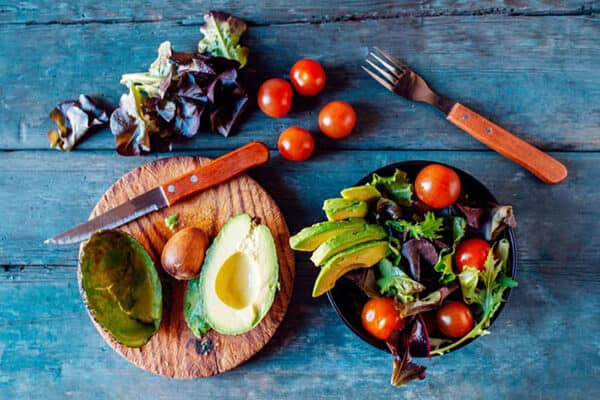
The Whole30 diet has some similarities with the keto diet, but it has its major differences.
Many people consider the Whole30 diet a stricter version of the Paleo diet. The paleo eliminates
common allergies such as grains, legumes, dairy, sugar, and soy. Nevertheless,
Whole30 took it a step further to remove even natural sweeteners such as honey.
The whole30 program eliminates a wide variety of food groups including packaged foods, baked goods, junk foods, processed foods, and more. It also restricts you from recreating any recipes or foods that you are used to eating. Ice creams or even healthy pancakes are not allowed food in the program. It is a strict elimination diet that encourages you to eat whole, natural foods and build a better relationship with food.
The whole30 diet is designed to help you control your cravings and reset your eating habits. Another major upside of this diet is that it can help you discover food sensitivities that could cause skin sensitivities, digestive issues, low energy, and more.
The diet eliminates these food groups for a period of 30 days. During the program, you are not allowed to eat non-approved whole30 foods, check your weight on a scale, or take your body measurement. After 30 days, you can gradually reintroduce the eliminated diets one after the other. This will help you to identify foods that your body accepts and those that are not good with your system. If you reintroduce any food and your body reacts to it, it means it is not accepted, and it is a problematic food to your body.
The whole30 program does not have specific recommendations in terms of carb, protein, and fat ratio to consume daily. All you have to do is to follow the Whole30 program rules and stick to only the approved foods. Whole30 has a 30-day limit, which is one major difference between keto and whole30, as the keto diet does not have a timeframe attached to it.
The goal of Whole30 is not to cut carbs. This diet allows for almost all veggies and fruits. It also allows you to continue taking legumes and grains after 30 days. The ultimate goal of the Whol30 diet is to make you eat real food and bid farewell to processed ingredients.
Read more: Whole30 Foods to Avoid
Foods Allowed on Whole30
- Eggs
- Fish
- Chicken
- Vegetables, including starchy vegetables such as potatoes
- Fresh, whole foods such as fruits
- Healthy fats such as olive oil and avocado oil
- Nuts and seeds
- Seafood
- Herbs, seasoning, and spices
Read more: Reasons to Hire a Whole 30 Coach
Foods Not Allowed on Whole30
- Added sugar, artificial or rea such as Splenda, coconut sugar, agave, maple syrup, and more
- No grains including oats, bulgur, corn, rye, and wheat
- Legumes including soy, peanut butter, lentils, chickpea, peanut, and peas
- No tobacco or alcohol
- Dairies such as sheep or goat milk, yogurt, kefir, cream, and cheese
- Baked goods
Read more: Whole30 and Pregnancy
Whole30 Benefits
Whole30 provides plenty of physical and health benefits. One of its major benefits is that it would help you adopt healthier eating habits. This diet also contributes to weight loss significantly. With the new eating plan you would be introduced to, you would be able to uncover foods that you are sensitive to. You would be able to identify foods that affect your body negatively on a day-to-day basis.
read more: Whole30 Breakfast
Whole30 Drawbacks
From all angles, the whole30 diet is one of the best elimination diets out there. It provides many great benefits, with very little to no negative impact on dieters. The only drawback with this diet is its restrictiveness, which can make it difficult for some dieters to stick with.
Read more: Whole30 Allowed Foods
Is keto healthier than Whole30?
The keto strictly limits carbs and prioritizes fat; it burns fats for fuel instead of carbs. On the other hand, Whole30 focuses more on a list of off-limits foods such as beans, dairy, grain, and sugar and focuses less on macronutrients such as fat, carbs, and protein. Whole30 encourages a better eating habit, helping you to create a better relationship with food, and this makes it healthier than most elimination diets out there.
Read more: Paleo and Whole30
Is Whole30 good for weight loss?
Whole30 is not a weight loss diet. However, many people who have completed this program said that they experienced considerable weight loss at the end of the 30 days. The diet focuses on your overall health and wellbeing rather than weight only.
Read more: Quick Whole30 Meals
Keto vs Whole30: Difference between Keto and Whole30
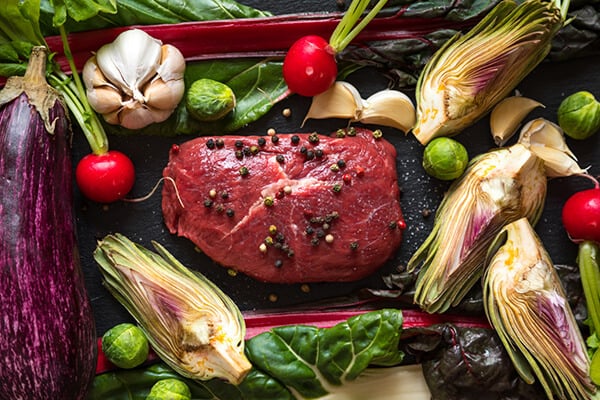
| Keto Diet | Whole30 Diet |
| The ketogenic diet is designed to take your body into ketosis. This is the stage where your body uses fat as fuel rather than carbs. This means you have to reduce your carb intake and replace most of it with fat. | The Whole30 diet has a different approach. It mostly encourages people to eat natural, whole foods. It promotes home-cooked foods such as eggs, vegetables, fish, meat, and more. It aims to reset your diet while helping you create a better relationship with food. |
| The keto diet encourages you to eat fatty and creamy foods such as nuts, oils, avocados, eggs, cheese, and limited veggies such as cauliflower and kale. | Whole30 encourages its followers to eat mainly home-cooked, whole, and natural foods. |
| The keto diet does not have a specific duration or timeframe attached to it. The aim of the diet is to get you into ketosis, and it takes different people different times to get into ketosis. | The whole30 program lasts for only 30 days. All the rules of the program apply within the 30-day period. After 30 days, you can go back to your grains, legumes, and all the restricted foods, but you have to reintroduce them gradually to be able to study how your body reacts to them. |
| The keto diet also allows wine (in moderation) | The whole30 diet does not allow any alcohol or tobacco |
Conclusion
There you go! That is everything you need to know about the keto and whole30 diets. They provide many health benefits including weight loss with different approaches and restrictiveness. The best option depends on your needs and health condition.
Read more: Nursing and Whole30




